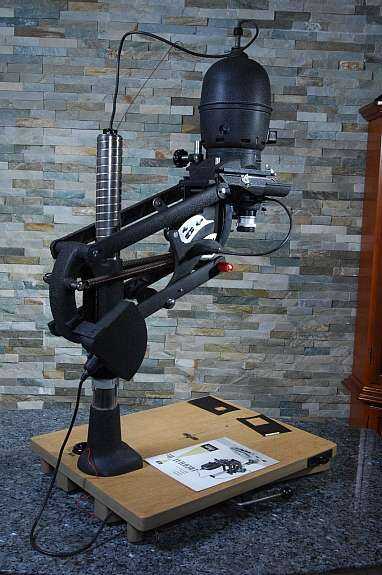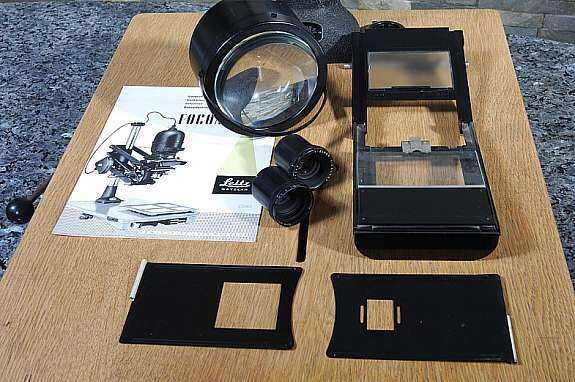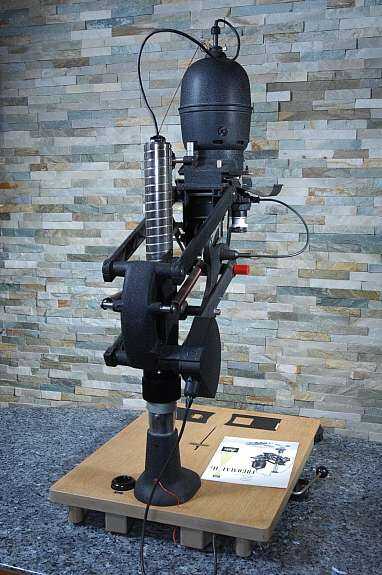Startseite > Kaufen & Verkaufen > Baby & Kind > Sonstiges in Baby & Kind
Focomat II c Leitz , Focotar 60 ,V-Elmar 100! 1
Manufacturer's Specifications: Leitz Focomat lIc Enlarger. Features: Accepts all negatives 12 x 17mm to 6 x 9cm (2-1/4 x 3-1/4 in.), cam-guided autolocus operation, parallelogram construction, rapid shift lens turret, equipped with Leitz 60mm Focotar and Leitz 100mm V-Elmar lenses, illuminated magnification scale, adjustable for easel thickness, Osram 150-watt lamp, red filter, filter drawer, heat-absorbing glass, adaptable to distortion-correction device, copying back for reproductions down to 1:1, white-surfaced baseboard and negative mask storage drawer.
If we had to name one enlarger that ranked first in design, quality of construction and performance, this would have to be it. The basic design concept, the fit and finish of the individual parts and the overall performance all add up to place the Focomat lIc in a category that is mighty lonely. There's only one enlarger in it, the Leitz Focat IIc.
As a rule, we first discuss the enlarger under test in terms of its basic design. Then we talk about the various performance tests before making a final evaluation. But in this case we would like to reverse this procedure.
In terms of alignment among baseboard, negative and lens, the Focomat IIc tested out at nearly a zero discrepancy between all three planes. Actually a 1/16 bubble length (using our standard alignment tool) was detectable between negative and baseboard in the lateral plane. No detectable error was found in any other alignment measurement. To put this in perspective, we regularly run into 1/4-bubble length errors in all planes of many machines previously tested.
Illumination tests are designed to check evenness of illumination across the print area. The Leitz Focomat IIc with the 60mm Focotar in place checked out as follows: Corner-to-corner discrepancy--zero. That is, if there was a difference it was not readable on our Lektra PTM-7a photometer, and it is calibrated down to 1 /10 of a stop. The center-to-edge error was about 1 /10 of a stop. These are the




